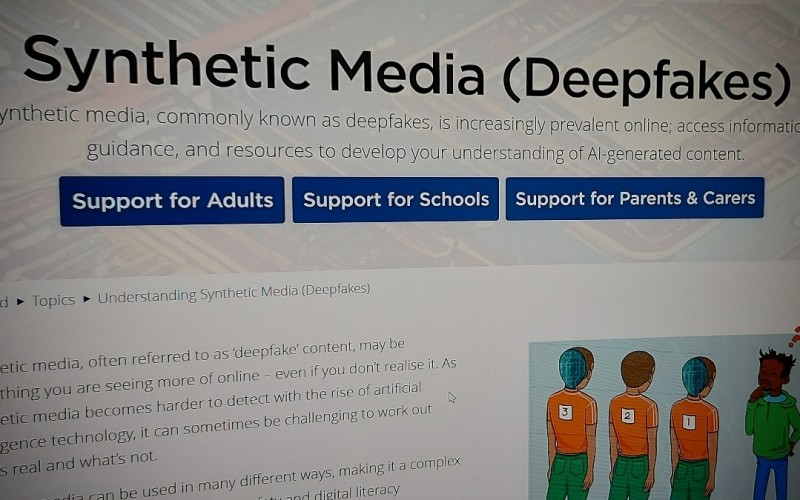"I think this is the worst scam in the world," said Paul Raffile, a sextortion and cybercrime researcher based in Connecticut. "There is no other scam that involves targeting children, coercing them into a sexually compromising situation, exploiting them, blackmailing them. There's no other scams that I think even compare to this."
Tagged with sextortion
You may have recently heard of Financially Motivated Sexual Extortion (FMSE), sometimes referred to as ‘sextortion’. This is when an offender threatens to release nude or semi-nude images and/or videos of a victim, unless they pay
money or meet another financial demand, such as buying a pre-paid gift card.
Victims of any age and gender can be targets. However a large proportion of cases involve male victims aged 14-17.
Instagram will stop people from being able to screenshot or screen-record images and videos intended to be viewed once, as part of "ongoing efforts" to prevent sextortion on the platform.
The person demanded money and threatened to share John’s image online, a crime commonly referred to as sextortion. John lost more than £3,000 trying to stop the blackmailer from sharing the image.
When he had no more money to offer - fearing there was no way out - John thought about taking his own life.
SWGFL's Synthetic Media Hub is designed to help you and your communities understand synthetic media and the various forms of support available to guide parents, young people, and your communities through the essential online safety and digital literacy skills needed to address, identify and respond to synthetic content.
Criminals are selling guides on social media on how to carry out sextortion, BBC News has learned.
The guides show people how to pose as young women online, trick a victim into sending sexually explicit material and then blackmail them.
On Tuesday, Olamide Shanu appeared in court in London. He is believed to be part of a gang that made £2m from blackmailing adults and children online.






Comments
make a comment